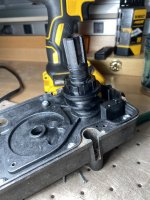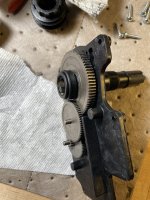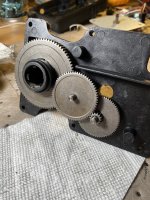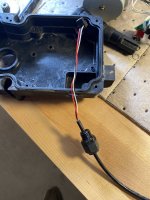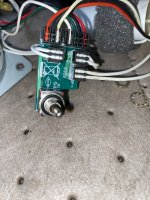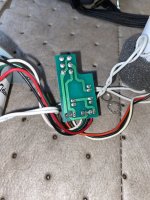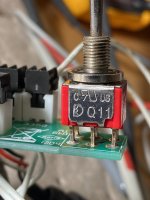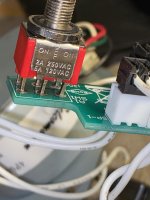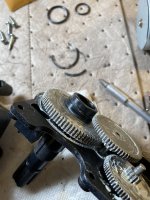I forgot to account for inertial reference frames in non-Newtonian space-time.
Good catch.
Here is the debug error information.
"debug_error": {
"errorCode": "api.invalidparam",
"errorMessage": "An error occurred. Please try again later.",
"wA": "GENERIC_WITHOUT_LINK",
"Ak": "",
"vJ": "invalidVideodata.1;a6s.1"
Good catch.

Here is the debug error information.
"debug_error": {
"errorCode": "api.invalidparam",
"errorMessage": "An error occurred. Please try again later.",
"wA": "GENERIC_WITHOUT_LINK",
"Ak": "",
"vJ": "invalidVideodata.1;a6s.1"



